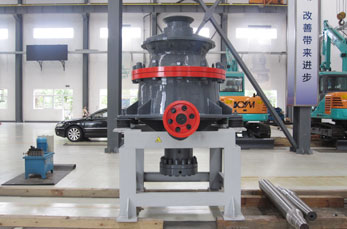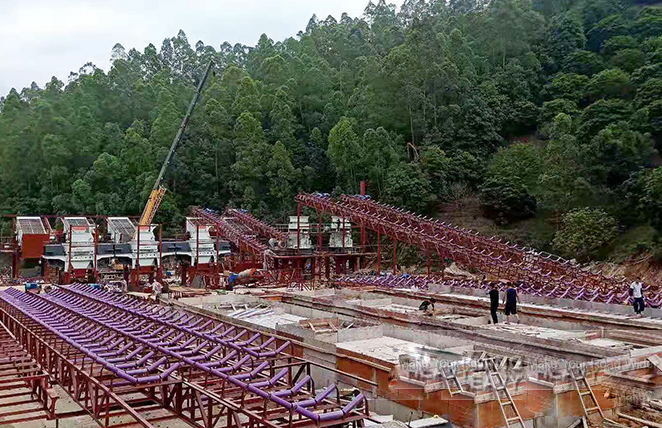Concentration of chromium ore (chromite, FeCr₂O₄) involves several steps to increase the Cr₂O₃ content and remove impurities like silica, alumina, and iron oxides. Here’s a breakdown of the common methods:
1. Gravity Separation (Primary Method)
– Spiral Concentrators: Separate chromite from gangue based on density differences.
– Shaking Tables: Used for fine chromite particles.
– Jigging Machines: Effective for coarse chromite grains.
 2. Magnetic Separation
2. Magnetic Separation
– Low-Intensity Magnetic Separation (LIMS): Removes ferromagnetic impurities (magnetite).
– High-Intensity Magnetic Separation (HIMS): Separates paramagnetic chromite from non-magnetic gangue.
3. Froth Flotation (For Fine Particles)
– Uses surfactants to selectively float chromite or gangue minerals.
– Adjusts pH and reagents for optimal separation.
 4. Electrostatic Separation
4. Electrostatic Separation
– Useful when chromite and gangue have different electrical conductivity.
5. Heavy Media Separation (Dense Media Separation)
– Uses a dense liquid (ferrosilicon suspension) to separate chromite from lighter gangue.
6. Chemical Leaching (For High-Grade Refining)
– Alkali or acid leaching removes remaining impurities like silica and alumina.
Typical Chromite Ore Grades After Concentration
| Type | Cr₂O₃ (%) | Cr:Fe Ratio | Use |
|——|———–|————-|—–|
| Metallurgical Grade | 48–52% | ≥2.8:1 | Ferrochrome production |
| Refractory Grade | 40–46% | ≥2.2:1 | Refractory bricks |
| Chemical Grade | 44–48% | ≥1.5:1 | Chromium chemicals |
Key Challenges in Chromium Ore Concentration
– High silica content requires additional processing.
– Chromite losses in tailings due to fine particle sizes.
– Environmental concerns from toxic hexavalent chromium (Cr⁶⁺) formation during processing.
Would you like details on a specific method or industrial case study?





Leave a Reply